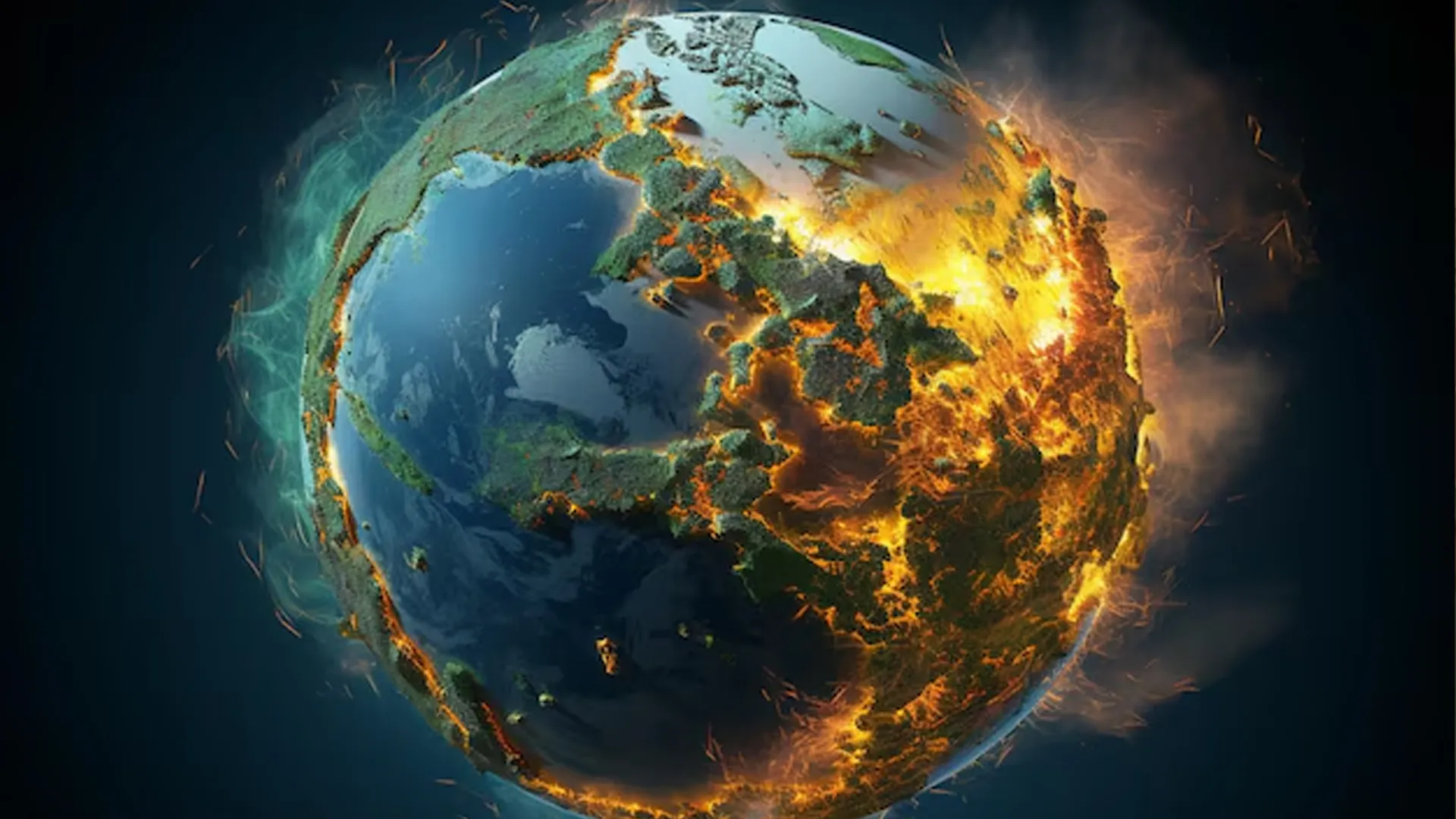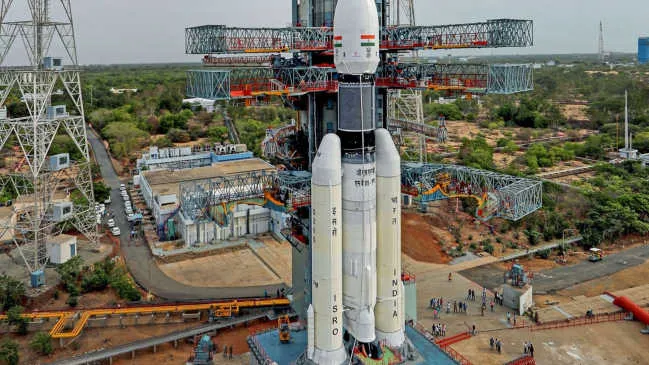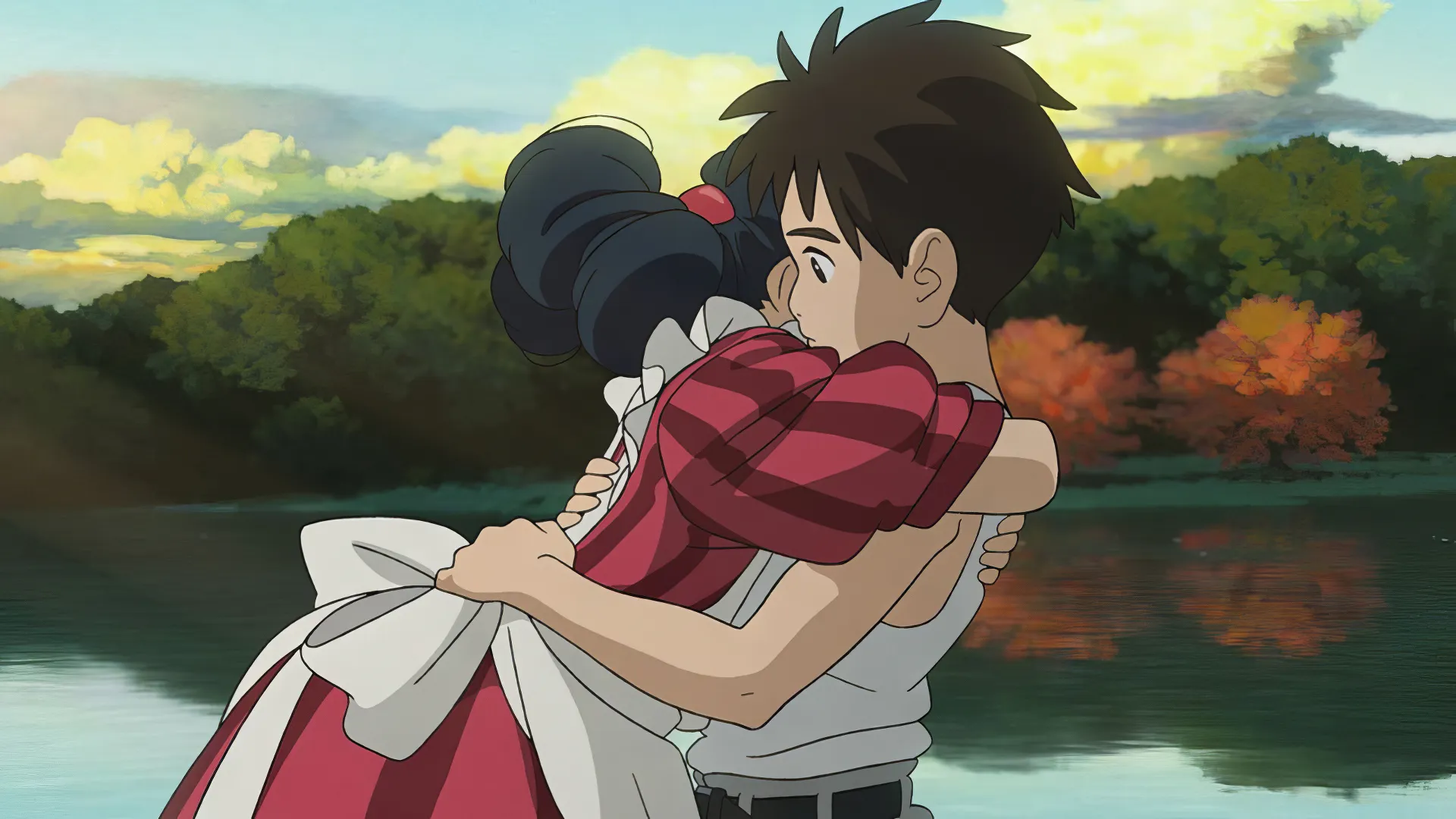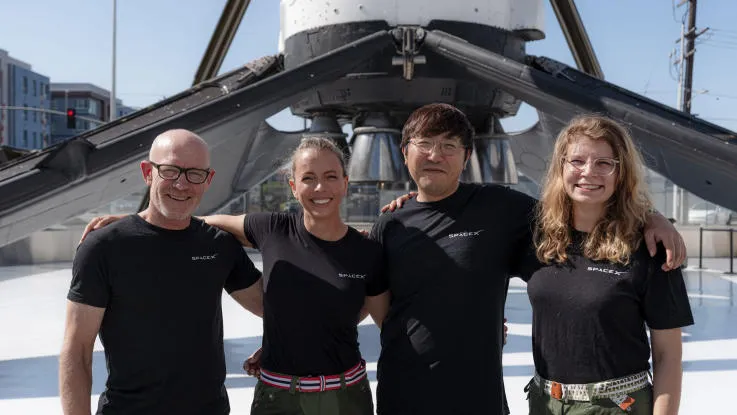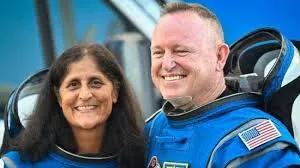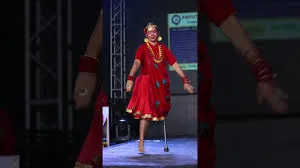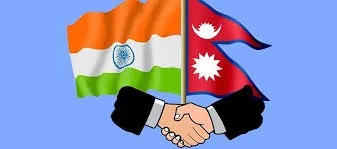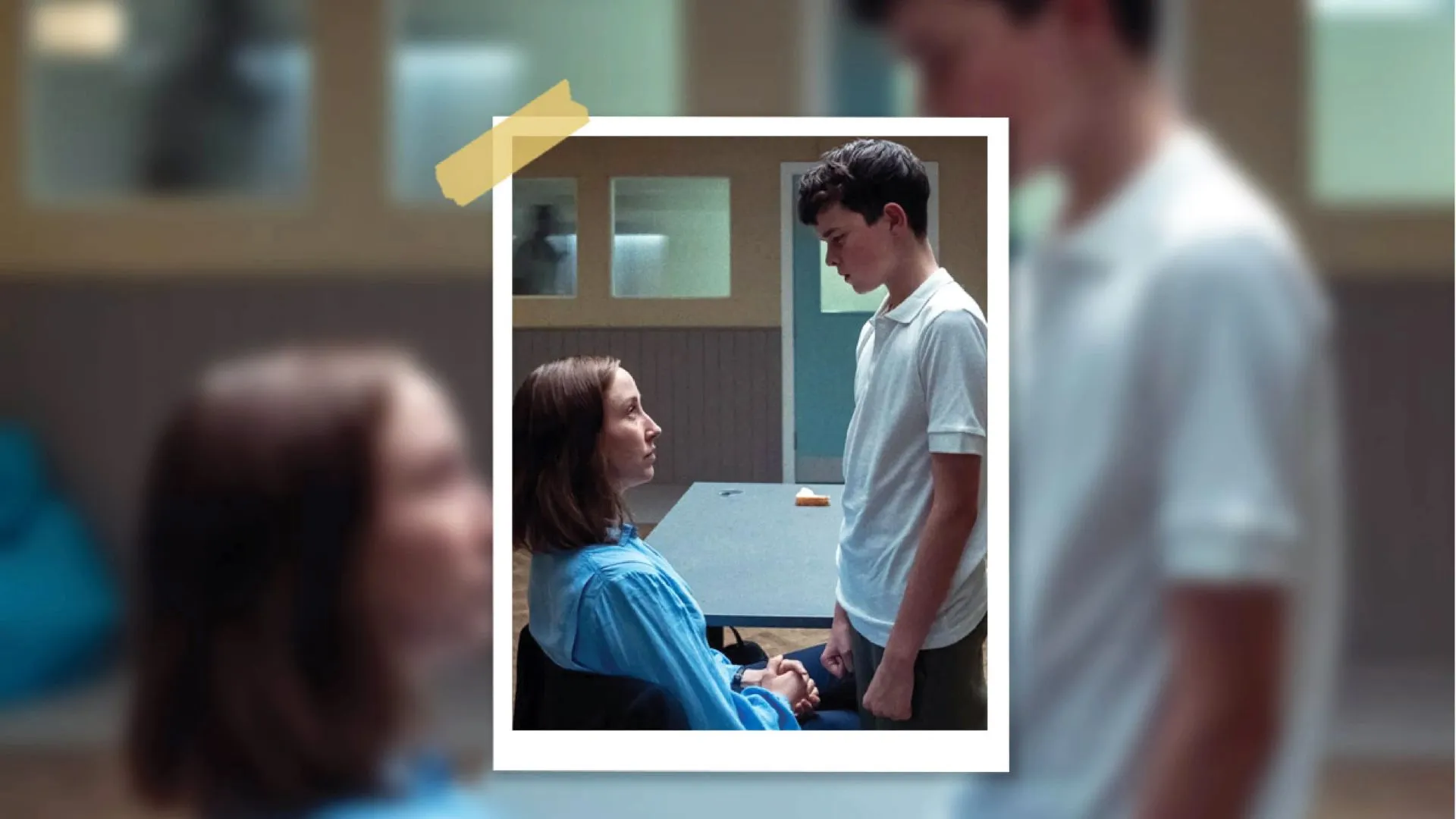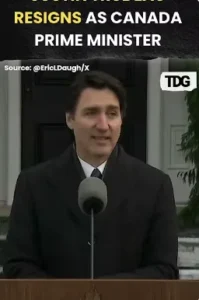The viral trend of AI-generated Ghibli-style portraits has taken over social media. While many users are excited about OpenAI’s GPT-4o image generation feature, others strongly criticize it. They argue that it disrespects Studio Ghibli’s artistic legacy.
Miyazaki’s Past Criticism Resurfaces
As the trend spreads, an old video of Studio Ghibli co-founder Hayao Miyazaki has resurfaced. In the clip, he firmly rejects AI-generated animation. He describes it as “an insult to life itself” and adds, “I would never wish to incorporate this technology into my work at all.”
Critics Accuse AI of Copying Ghibli’s Art
Meanwhile, many fans argue that AI-generated art undermines the dedication behind Ghibli’s work. They believe that true art takes years of passion and effort, not just a few seconds.
For instance, a Reddit user stated, “Their art isn’t just some ‘style’ for people to copy. AI can’t replicate the heart, emotion, or storytelling of real artists.” Similarly, another user wrote, “AI art isn’t art, it’s worthless trash.”
Furthermore, others emphasized how much effort goes into hand-drawn animation. One person explained, “Miyazaki spent years animating scenes that lasted just a few seconds. Now AI does it instantly. It’s extremely disrespectful.” Another simply said, “Nothing is sacred anymore.”
OpenAI Faces Technical Challenges
At the same time, the trend has put massive pressure on OpenAI’s servers. As a result, CEO Sam Altman addressed the issue on X (formerly Twitter). He announced that OpenAI would temporarily limit usage to improve performance. “Hopefully, it won’t be long!” he reassured users.
In conclusion, the debate over AI-generated art continues. On one hand, some see it as an exciting innovation. On the other hand, critics believe it threatens traditional artistry and exploits creative work.


